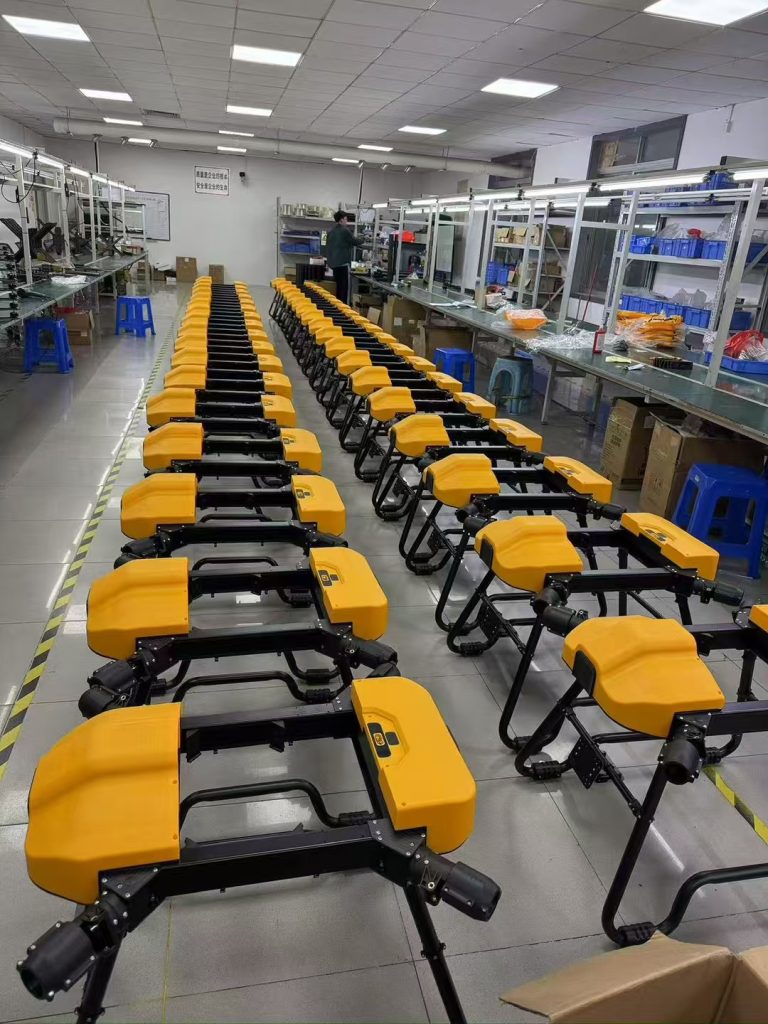
The Philippines, a nation of 7,641 islands and 110 million people, hinges its food security and rural livelihoods on agriculture—an industry contributing 10% to GDP and employing 25% of its workforce. From the rice terraces of Banaue to the banana plantations of Davao and coconut groves of Palawan, Filipino farmers feed the nation and drive exports. Yet, this vital sector grapples with persistent challenges: a shrinking rural labor force, fragmented landholdings (70% of farms are under 2 hectares), and vulnerability to climate shocks like typhoons, droughts, and floods. To transform these hurdles into opportunities, agricultural drones—precision tools built for resilience—are emerging as a game-changer. For Filipino farmers, cooperatives, and agribusinesses, sourcing advanced drones directly from China’s specialized manufacturers offers a tailored, scalable solution to cultivate efficiency, sustainability, and growth.
Philippines’ Agricultural Imperative: Why Drones Matter Now
Philippine agriculture’s potential is vast, but its challenges demand innovation:
-
Labor shortages: Urban migration and aging farmers (average age: 58) leave critical tasks like pesticide spraying or seedling distribution understaffed, especially during peak harvests for rice or mangoes.
-
Inefficient resource use: Manual spraying wastes up to 40% of pesticides and fertilizers, raising costs for smallholders and polluting waterways like Laguna de Bay.
-
Climate vulnerability: Typhoons (10–20 annually) and erratic rainfall destroy crops, while floods delay post-disaster recovery—costing the sector $1 billion yearly in losses.
Against this backdrop, the Philippine Department of Agriculture’s “Smart Agriculture Program” prioritizes tech adoption to boost yields by 30% by 2030. Agricultural drones, with their ability to automate, precision-target, and recover quickly from disasters, align perfectly with this vision.
Chinese Agricultural Drones: Engineered for the Philippines’ Unique Landscape
China’s leadership in drone technology—forged through decades of aerospace R&D, tropical climate adaptation, and agritech innovation—makes its manufacturers uniquely equipped to serve the Philippines. Here’s how Chinese drones are tailored to local needs:
1. Tropical Resilience: Built for Heat, Humidity, and Typhoons
The Philippines’ hot, humid climate (average 28°C, 85% humidity) and frequent typhoons demand rugged equipment. Chinese factories design drones with:
-
Corrosion-resistant frames: Aircraft-grade aluminum alloys and salt-spray-treated casings withstand coastal humidity and post-typhoon saltwater exposure—critical for farms in Pangasinan or Leyte.
-
Weatherproof sensors: IP68-rated motors, sealed cameras, and de-icing technology ensure operation during sudden downpours or light typhoon winds (up to 80 km/h), minimizing downtime.
-
Lightweight portability: Foldable, compact models (under 12kg) are easy to transport via jeepneys or boats to remote islands like Sulu or Camiguin, where road access is limited.
2. Precision Technology for Higher Yields and Sustainability
Filipino farmers need tools that balance productivity with resource conservation. Chinese drones deliver:
-
Smart spraying: Adjustable nozzles and flow rates reduce pesticide/fertilizer use by 35–50% compared to manual methods. For banana plantations in Davao, this cuts costs by $500/hectare annually while lowering chemical runoff into rivers.
-
Multispectral monitoring: Drones capture data on leaf health, soil moisture, and pest outbreaks (e.g., rice tungro bacilliform virus). In Nueva Ecija’s rice fields, this enables early intervention, reducing crop losses by 20–25%.
-
RTK GPS accuracy: Centimeter-level positioning ensures uniform coverage in uneven terrain—critical for terraced rice paddies in Ifugao or steep coffee slopes in Benguet.
3. Affordability for Smallholders and Scalability for Agribusinesses
Recognizing the Philippines’ mixed farm sizes, Chinese manufacturers offer flexible solutions:
-
Entry-level drones: Budget-friendly models (under $10,000) empower small family farms to access precision tech, bridging the gap between manual labor and industrial machinery.
-
Enterprise fleets: Larger cooperatives or agribusinesses (e.g., coconut exporters in Palawan) can deploy swarms managed via cloud software, streamlining operations and cutting training time by 50%.
Beyond Hardware: A Partnership for Long-Term Success
Sourcing from China is about more than technology—it’s about building local capacity. Leading manufacturers provide:
-
Localized training: On-farm workshops teach pilots to operate drones, interpret multispectral data, and perform basic maintenance. In partnerships with the Philippine Rice Research Institute, this has accelerated adoption, with 75% of trained farmers reporting improved efficiency within six months.
-
Rapid support: Regional partners in Manila, Cebu, and Davao stock spare parts, ensuring replacements arrive within 48 hours—critical during typhoon recovery or harvest seasons.
-
Cultural alignment: User interfaces are simplified in Filipino, and training materials include local crop examples (rice, bananas, coconuts), ensuring ease of adoption.
Mutual Wins: Strengthening the Philippines’ Food Future
For the Philippines, adopting Chinese agricultural drones unlocks:
-
Economic resilience: Reduced labor costs and higher yields (trials show 18–28% increases) boost smallholder incomes, supporting rural development and reducing overseas migration.
-
Environmental stewardship: Precision resource use lowers chemical runoff, protecting waterways and aligning with the Philippines’ “National Greening Program” and global climate goals.
-
Disaster recovery: Drones enable rapid post-typhoon assessments (e.g., mapping flood damage or pest outbreaks), accelerating relief efforts and reducing crop losses.
For Chinese manufacturers, the Philippines offers a dynamic testing ground to refine technology for tropical, multi-island environments—driving innovation that benefits farmers in Southeast Asia and beyond.
Soaring Together: The Philippines’ Agricultural Next Chapter
The Philippines’ agricultural story is one of resilience and potential. By sourcing drones from China’s specialized factories, the nation gains more than tools—it gains a partner in building a smarter, greener food system. These drones are not just machines; they are enablers of progress, helping farmers work smarter, earn more, and safeguard their land for future generations.
As the Philippines strides toward a future of innovation and food security, Chinese agricultural drones are ready to take flight—transforming challenges into abundance, and tradition into transformation.
Let’s cultivate the Philippines’ tomorrow, one precise mission at a time.
THE END

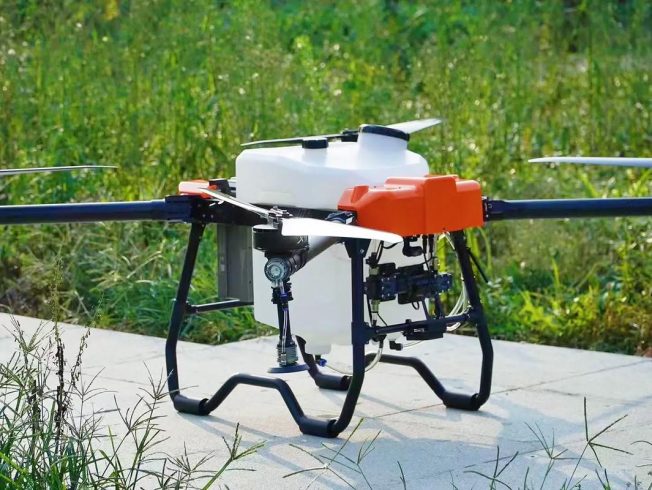
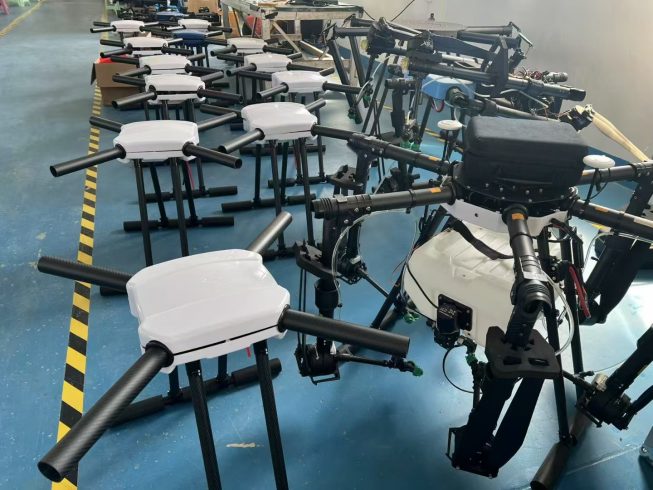
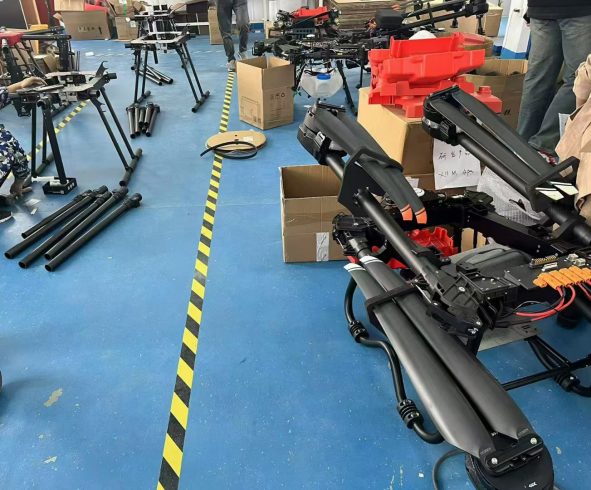
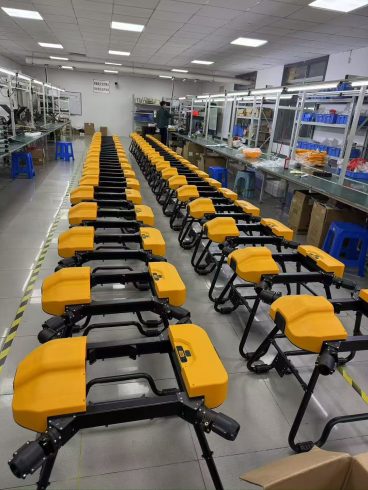



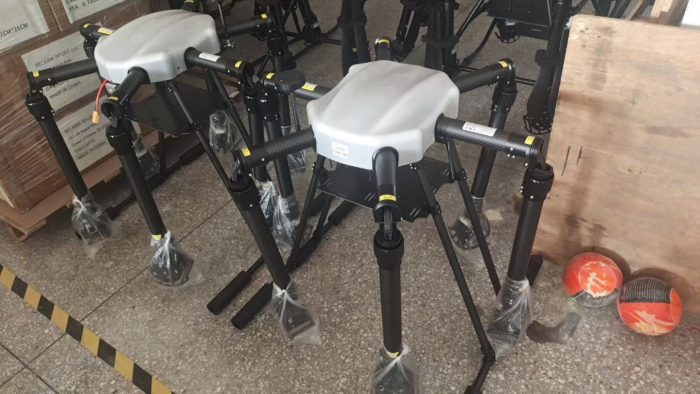
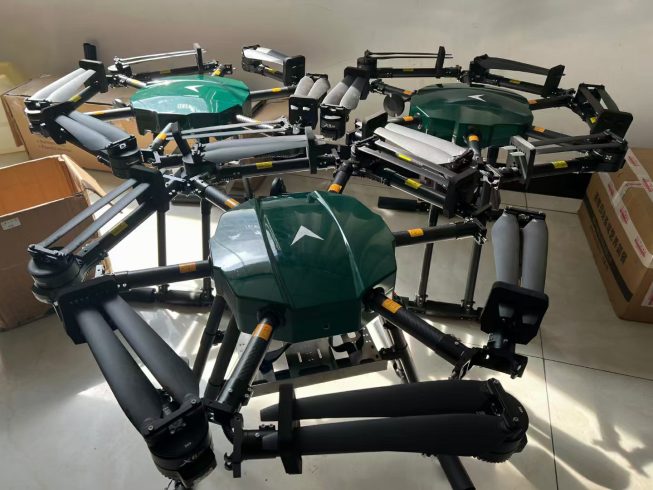
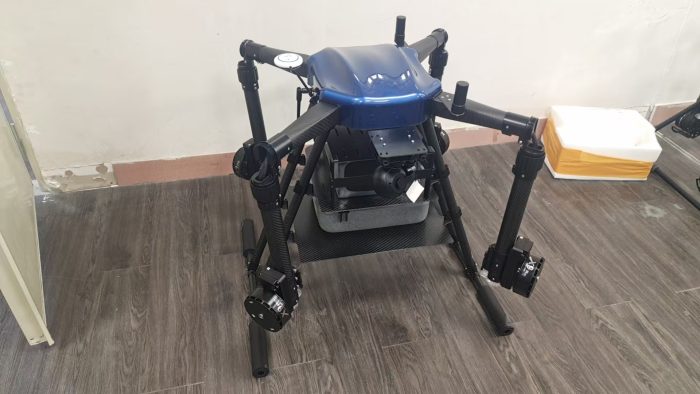

暂无评论内容